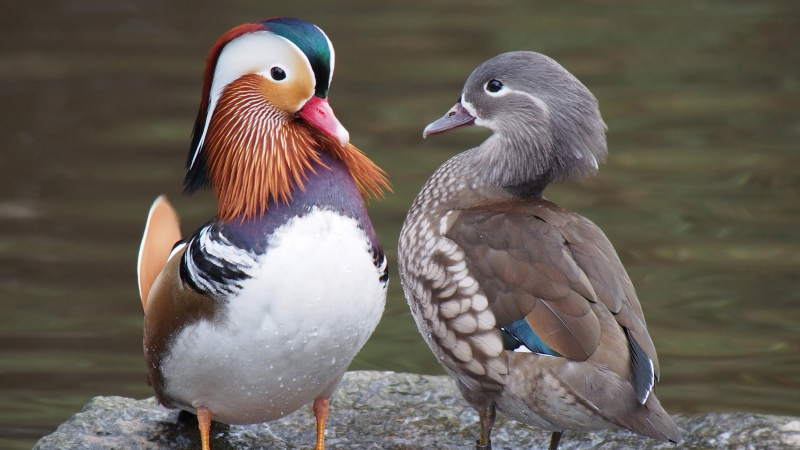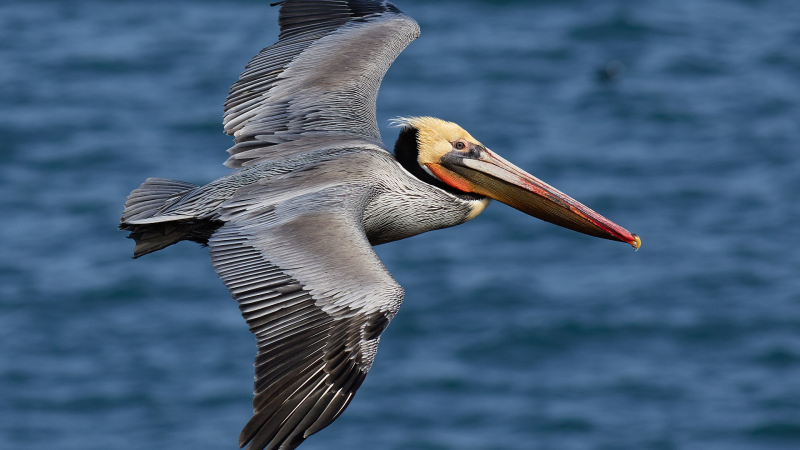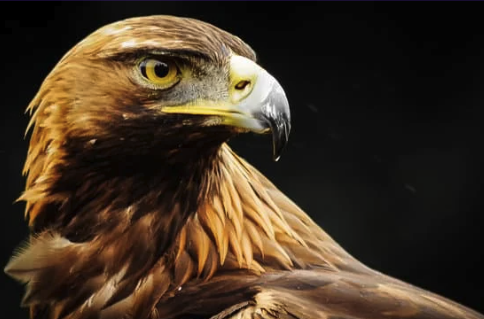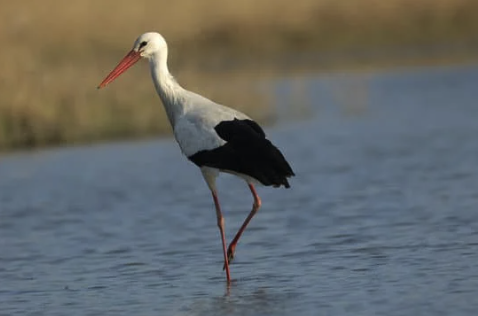Exotic Ducks at Chester Zoo: A Closer Look at Some Quirky Quackers

When you think of Chester Zoo, chances are your mind jumps to elephants, big cats, or the impressive Islands exhibit. But nestled among the tropical habitats and landscaped enclosures is a quieter, often overlooked crowd: the exotic ducks. With their brilliant colours, unusual habits, and rare conservation stories, these feathered favourites are well worth your attention.
A Hidden World of Waterfowl
Chester Zoo houses a surprising variety of duck species from across the globe, many of which are rarely seen in the UK outside of specialist collections. Whether gliding across calm ponds or dabbling among reeds, these ducks offer a glimpse into the rich diversity of the Anatidae family.
Let’s dive into a few of the most fascinating residents:
1. Mandarin Duck (Aix galericulata)
With flamboyant feathers that look painted by hand, the male Mandarin duck is one of the most eye-catching birds at the zoo. Native to East Asia, this species has found small feral populations in the UK, but seeing them up close in the carefully curated wetland habitats of Chester Zoo offers a chance to admire their full splendour—especially during the breeding season.
Conservation status: Least Concern, but threatened in parts of its native range due to habitat loss.

2. Baer’s Pochard (Aythya baeri)
This critically endangered diving duck from East Asia is a conservation priority for many zoos around the world. Chester Zoo is part of a global effort to understand and breed this elusive species, whose numbers have plummeted due to habitat destruction and hunting.
Why it matters: With fewer than 1,000 individuals left in the wild, captive breeding programmes are a vital lifeline for the Baer’s Pochard.

3. White-winged Wood Duck (Asarcornis scutulata)
Another rare and striking species, the White-winged Wood Duck is native to India and Southeast Asia. Larger than most ducks and shyer by nature, they can often be found lurking in the quietest parts of Chester Zoo’s wetlands. Their black-and-white plumage and solemn expressions give them a dignified air.
Did you know? These ducks prefer forested swamps and are mostly nocturnal—traits that make them particularly vulnerable to deforestation.

4. Brazilian Teal (Amazonetta brasiliensis)
This elegant South American species stands out for its more subdued beauty—think subtle bronze, soft greys, and delicate markings. It’s a species well-adapted to life on calm waters and often seen moving in pairs.
Behaviour spotlight: Brazilian Teals are known for being monogamous and displaying gentle, synchronized swimming when courting.

5. Marbled Teal (Marmaronetta angustirostris)
Once widespread around the Mediterranean and into Asia, the Marbled Teal is now considered vulnerable. Chester Zoo plays a part in protecting and displaying this delicate, dappled duck to raise awareness of its shrinking habitat.
Fun fact: These ducks are unusually quiet compared to other species—more gliders than quackers.

A Conservation Mission
Beyond beauty and biodiversity, Chester Zoo’s collection of exotic ducks serves a deeper purpose. Many of these species are part of international breeding programmes, education campaigns, and ecological research efforts. From improving habitat restoration techniques to raising public awareness, the zoo’s commitment to waterfowl conservation is an important, if often underappreciated, part of its mission.
Where to Find Them
You’ll spot many of these ducks in and around the zoo’s Wetland Bird Aviaries, Tropical Realm, and Islands exhibits. Keep an eye out for signage near ponds and streams—it often tells the full story of the birds you see swimming gracefully by.
Final Quack
Next time you visit Chester Zoo, pause by the water’s edge. You might just meet a duck that’s travelled halfway across the world to help tell a story of beauty, fragility, and hope. And who knows? You might leave with a new favourite animal that waddles rather than roars.





